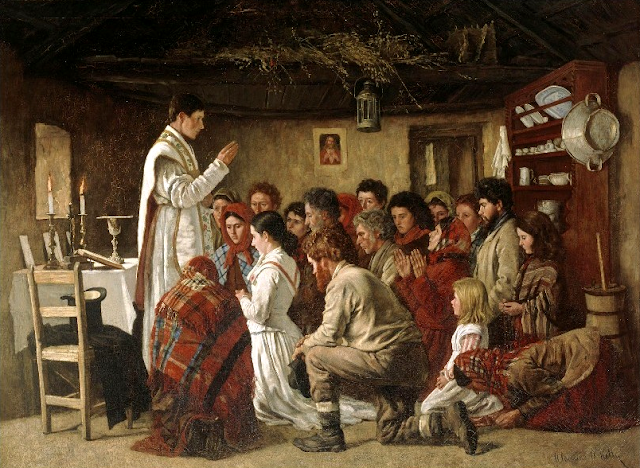Whenever I teach children Gregorian chant, I make a point of mentioning that back when I was their age, there was no one to teach me how to sing Gregorian chant. Their eyes widen: to these privileged few, having chant teachers is something to take for granted.
In an ideal world, every Catholic child could say the same.
Gregorian chant is native territory for children. It’s simple rather than harmonic–nothing but one melodic line. It’s beautiful. Every once in a while I will hear an absence of singing, and look over to catch one of my students looking off into the distance, absorbed in contemplation. And, it is united to the sacred text, with a power to speak to the Christian soul the song of salvation.
I suggest to the children that maybe when they grow up, they can teach chant too.
For those who would like to pass on this art to children, there is an opportunity to learn from an expert. Under the patronage of the Benedict XVI Institute for Sacred Music and Divine Worship, Mary Ann Carr Wilson will be presenting a four-day workshop that trains music teachers and choir directors to conduct chant camps.
A chant camp is a multi-day learning experience, something like a choir rehearsal, and something like a musical Vacation Bible School. This intensive learning experience, which includes plenty of recreational time as well, is a way to instantly form a children’s choir for a parish or school.
Putting on a Chant Camp, or any week-long event, is a daunting prospect, which is why this workshop is such a brilliant idea. Mary Ann, who has masterminded chant camps in several cities for nearly a decade, will teach people how to hold these revolutionary events in their own settings.
Children remember everything. The other day I saw a child whom I’d last taught a year ago, and he began singing this Alleluia for me–and then we sang it together. Just like the Church should be.

